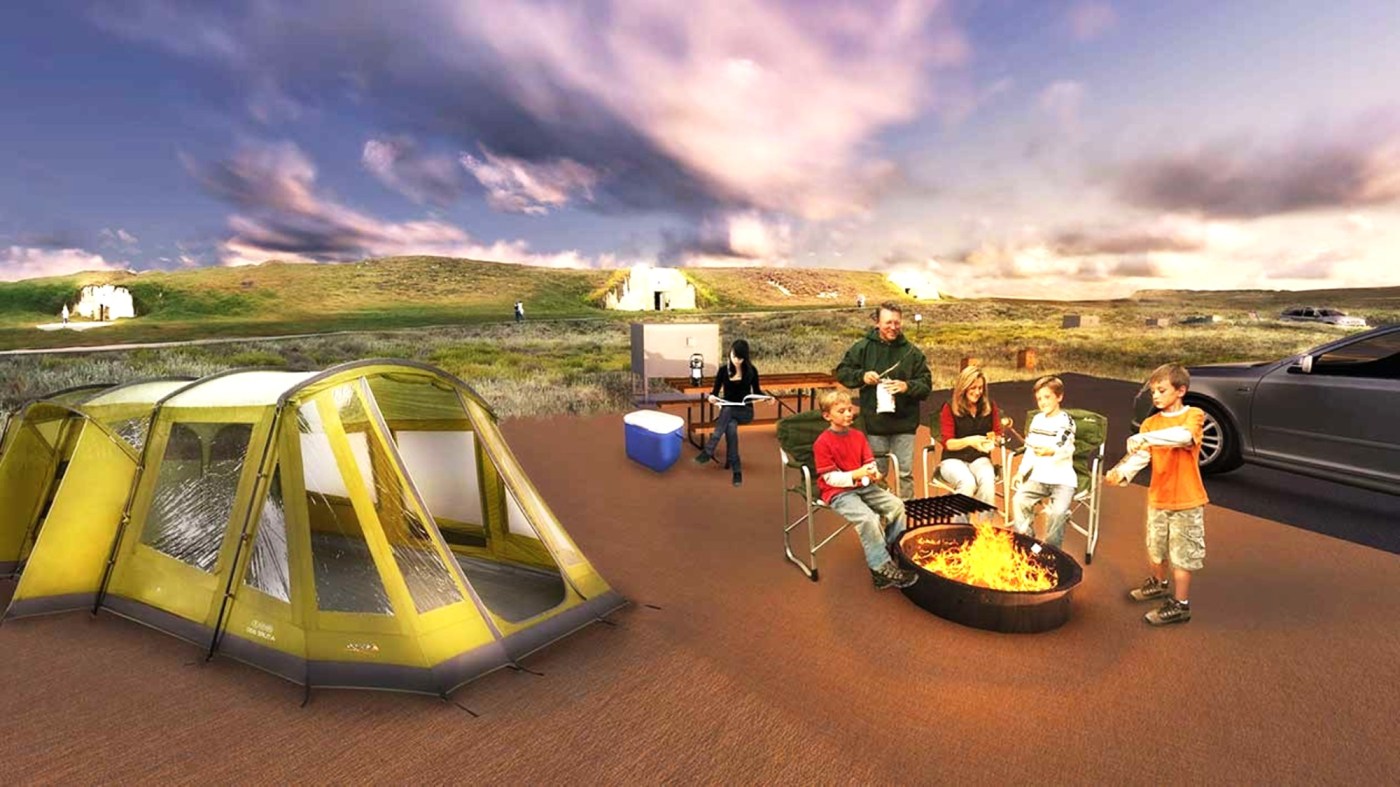
A new campground and beach access project estimated to cost $33 million will soon begin at Fort Ord Dunes State Park on part of the 837 acres that was once an Army base but has been serving the public as a state park since 2009.
Related Articles
San Jose gets court order to keep alleged drug dealers out of St. James Park
Signs posted at National Park Service sites seen as threats to ‘whitewash’ dark side of history
A mansion with a mission: Filoli House and Garden promotes history, beauty
Corn Palace Park opens in Sunnyvale at historic site of former farm
San Jose’s Alum Rock Park hit by ‘BioBlitz’
The state park is located along the Monterey Bay west of Highway 1, adjacent to the cities of Marina, Seaside and Sand City.
Construction on the campground begins this summer and is expected to last for two years. Part of the Monterey Bay Coastal Recreation Trail – Beach Range Road – will be detoured to the parallel trail outside of the park during project construction. The remainder of the park’s trails and 4 miles of beach will remain open to the public.
A general Plan for Fort Ord Dunes State Park was adopted in 2004 and provides for the development of the new campground and beach access facilities and identifies the area immediately adjacent to the bunkers as the location for the campground. The project site lies largely outside the Highway 1 viewshed and consists of approximately 130 acres of which 17 acres to be developed with visitor improvements.
The Fort Ord Dunes State Park campground will feature 43 traditional tent campsites, 45 RV campsites, 10 walk-in or bike-in campsites, and improved coastal access. The project also includes a campfire center pavilion and a visitor center. (State Parks)
“We are so excited to be breaking ground on the first new State Parks campground in Northern California in decades,” said Dan Shaw, deputy district superintendent for Monterey District, in a press release. “This was a true team effort by State Parks staff and partners working closely together to get us to this point.”
Proposition 84, the Safe Drinking Water, Water Quality and Supply, Flood Control, River and Coastal Protection Bond Act of 2006, is providing a large part of the funding and support for the campground project.
The campground will feature 43 traditional tent campsites, 45 RV campsites, 10 walk-in or bike-in campsites, and improved coastal access. The project also includes a campfire center pavilion and a visitor center.
As the new facilities are being built, the state parks department will also be working to transform the landscape to a coastal dune habitat to support native plants and wildlife.
The state park provides an expansive seascape and a landform of dune habitat and undeveloped seashore and is rich in both natural and cultural resources, says the state parks department. As part of the former Fort Ord Army Base, its history provides an opportunity for the interpretation of local and Fort Ord history.
One of the newest units of the State Park System, Fort Ord Dunes State Park was added in January 1995. The land was transferred to the state by the National Park Service through the Federal Lands to Parks Program and the park was opened to the public for day use in 2009.
The state park is named for the former Army base that was shuttered in 1994 after 77 years by the Base Realignment and Closure process. Fort Ord saw more than a million soldiers trained and processed during World War II, and the Korean and Vietnam wars. Fort Ord Dunes State Park has many stories to tell from the ancestral and current lands of State Parks’ contemporary indigenous partners, to the years in use as Fort Ord and the African American history of the base, and into the future with habitat restoration, resource protection, community engagement, and public access.
Part of the Fort Ord Army Base’s history reflects a military installation that was uniquely diverse for its time. The 2nd Filipino Infantry was established in Fort Ord in 1942. African Americans were regularly stationed at Fort Ord because it was the first army post that implemented racial integration and accepted interracial marriage. The orderly conduct and ethnic diversity of the military in Fort Ord created a culture of racial tolerance in nearby communities. Fort Ord bears witness to the diverse group of soldiers who were willing to work together to serve our country, and it presented a foundation of cultural diversity for other U.S. military bases.